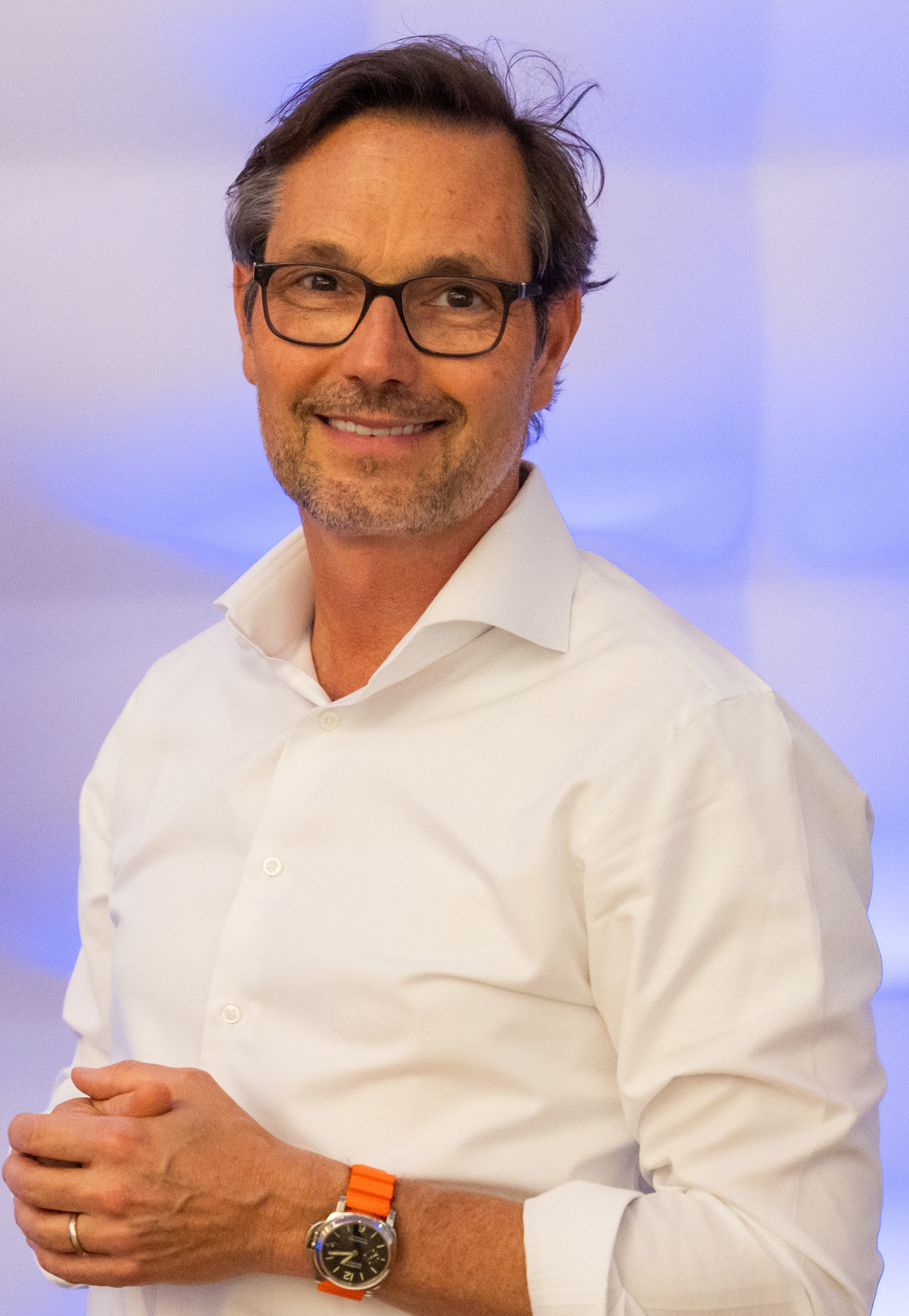

Founded in 1969, the International Society on Thrombosis and Haemostasis (ISTH) is the leading international medical and scientific professional organization dedicated to advancing the understanding, prevention, diagnosis and treatment of conditions related to thrombosis and hemostasis. The ISTH professional membership community includes more than 7,000 clinicians, researchers and educators from more than 120 countries working together to advance science and improve clinical care around the world. Among ISTH’s highly-regarded activities and initiatives are education and standardization programs, research activities, meetings and congresses, clinical and laboratory practice guidance and guidelines, peer-reviewed publications, expert committees and World Thrombosis Day on 13 October. Learn more at www.isth.org.
Executive Director, since May 2011.
Very serendipitously. I have a business and hospitality management education background and my first job right out of school happened to be with a scientific-medical association back home in Vienna, Austria, where I was born, grew up and was educated. Back then, I did not quite know what profession it was that I fell into but quickly realized that I very much enjoyed it. This was the start to a (so far) 25+ year career in Austria, Belgium and the United States, serving in senior management roles at several leading global AMCs and PCOs and leading over 10 international and primarily medical-scientific professional organizations.
What I truly love about association management is that you have to run the organization like a business but you do so not for the purpose of making profit or to create shareholder value but to create impact towards fulfilling a really important mission and create value for your members, community and stakeholders.
And particularly when you work for medical-scientific organizations, you can truly make a direct impact on people’s health and lives, as we – as staff – are only one degree away from the patients that our members (the Doctors) treat.
It is always amazing and humbling for me that we can work alongside some of the brightest and most dedicated researchers and physicians from around the world who truly advance scientific understanding and develop and administer the latest life-saving therapies and treatments.
A fair amount, since our organization operates globally. While I/we are much more intentional about if/when/where we (have to) travel, in-person meetings remain truly important to build relationships, increase mutual understanding and commitment and ultimately foster and reinforce strong partnerships.
And yes, I enjoy travelling tremendously and consider it a true privilege to have the opportunity to experience different countries and cultures and work with individuals and organizations from around the world.
And as a fun fact: My last name, Reiser, in German means Traveler. So, I guess traveling is somewhat in my blood.
First and foremost, associations need to (and already do) change the way they do business to stay relevant. Most importantly this is about staying agile and innovative in constantly changing environments. Particularly for an international organization like ours, this is a daily challenge. This is also about adopting more business-like management practices and to constantly evolve and improve the organization’s governance structures to support a more rapid and agile decision-making approach. Technologies do of course play a role but I see them more as (very important) tools to become more productive, efficient and effective.
I wish I had a crystal ball to tell you that. Most fundamentally, and unfortunately, we are still far away from truly preventing, more effectively treating, or even curing bleeding and clotting disorders and there is much more to do. Also, there is a good amount of emerging scientific understanding about the interactions between coagulation factors and other diseases, which points to the potential for many more promising cross-disciplinary scientific and therapeutic discoveries and approaches that need to and will be made.
Not to mention that our organization still has a lot of work to do to help bring the latest scientific and medical education as well as therapies to low- and middle-income countries who are not as fortunate as many high-income countries to have access to the latest knowledge and treatments.

Helping other associations fulfil their missions.

Issue #16 – April 2025